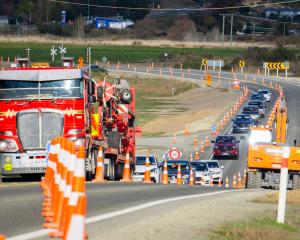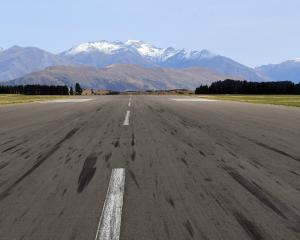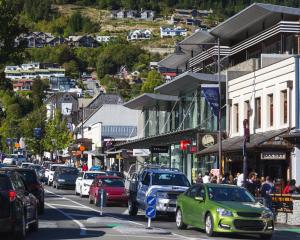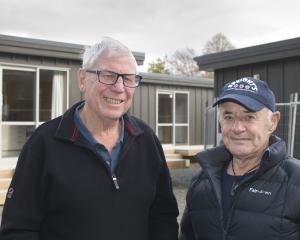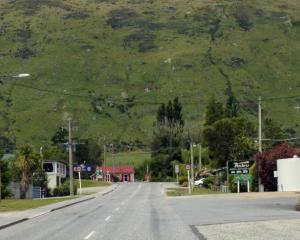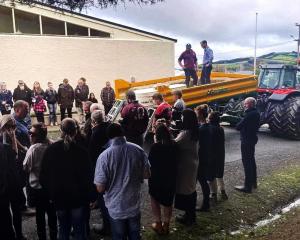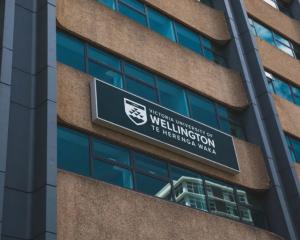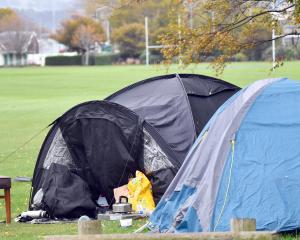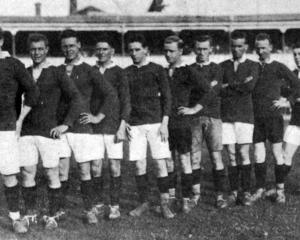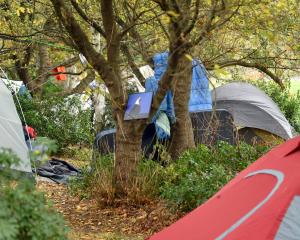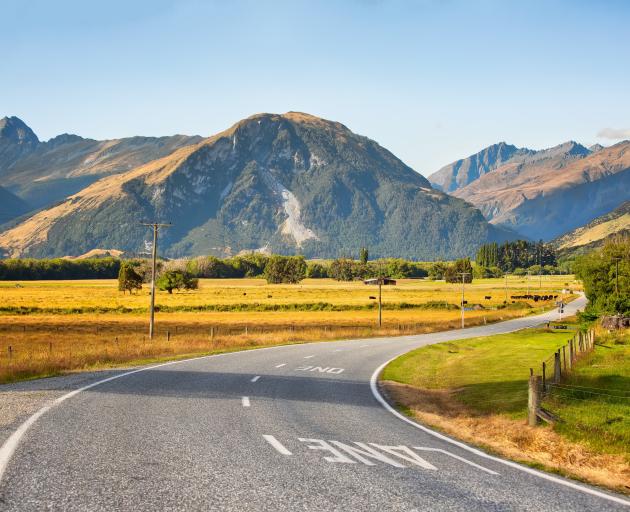
In the silence of the North Otago countryside an approaching automobile announced its presence from a great distance. Nearer and nearer it came, tyres hissing on the tarseal. Then, as it passed the house, the Doppler effect dropped the note of its engine until, fading slowly, the darkness swallowed it up.

Rarer even that the cars down SH1, were the passing trains chuffing up and down the Main Trunk Line. Surely, there is nothing lonelier in all this world than the long wail of a distant steam locomotive on a cold winter’s night.
The long ribbon of SH1 was in considerably better nick then than it is now. Not only were there fewer cars, but about the only sizable vehicles on the roads in those days were the "sheep trucks" transporting lambs, quite literally, to the slaughter.
It was the absence of heavy trucks that kept New Zealand’s highways in such good condition. Potholes were not a "thing" — not in 1962.
That there were so few heavy trucks on the roads was not accidental. The transport regulations of the time were framed to advantage long-distance transportation by rail. In 1961 road haulage was limited to 67km, increased to 150km in 1977.
Madness? New Zealand’s big capitalists certainly thought so. They knew that by eliminating the double-handling of goods the nation’s transportation system could be made much more efficient — for them. Canned goods could be loaded on to a heavy truck at a Watties factory in Hawke’s Bay and driven straight to the waiting Auckland supermarkets overnight. NZ Railways couldn’t compete.
A great many New Zealanders, caught up in the de-regulatory mania of the 1980s and ’90s, were disposed to agree with the road transport lobbyists. It was only as the years passed, and the highways became white-knuckle contests between frail family sedans and multi-wheeled behemoths travelling at terrifying speed, that travellers began to understand what had been hidden in the fine print of the neoliberals’ deregulatory gospel.
Not only were the roads becoming increasingly difficult to drive on in safety, but the road surface itself was being chewed up and spat out in chunks. SH1 was fast becoming an impossible obstacle course of potholes and plastic cones.
To make matters worse, New Zealand’s two main parties could not be persuaded to agree on the optimum mode of transportation. This disagreement was a simple matter of ideology. Capitalists believed in cars. Socialists (and Greens) believed in trains. Cars fit perfectly into the individualistic lifestyle encouraged by capitalism. Trains (and trams) embody the collectivist instincts of socialism. Transportation by rail may be socially rational and economically efficient, but nothing signals "fun" like a fast car.
That’s why, in this battle of the transportation modes, trains were always on a hiding to nothing. And, it certainly didn’t hurt the roads-before-railways lobbyists’ case that the car’s big brother, the heavy motor vehicle, had become critical to the top-tier capitalists’ profitability.
Railways are expensive to build and maintain, making them excellent reasons for raising the capitalists’ taxes. They also contribute, in a host of other ways, to the cost of doing big business. Just as well, then, that New Zealand capitalism has the National Party, which has never seen a "highway of national significance" that it didn’t like, or a railway recovery plan that it didn’t loathe. "Tina", of TV commercial fame, may be sold on "Cars! Cars! Cars!", but for National it has always been "Roads! Roads! Roads!"
In a world struggling to mitigate the effects of climate change that might appear insane. It has not, however, dissuaded National’s Nicola Willis from compromising the "floating bridge" of railway ferries that binds the North and South Islands — up to and including forcing businesses to unload their containers from railway wagons and load them on to trucks. I’d like to see the neoliberals explain the improved efficiency of that!
I’d also like to see Labour and the Greens sharpen and amplify their own policies in relation to rebuilding New Zealand’s railways.
Because, the only sound sadder than a locomotive’s wail is ... silence.
— Chris Trotter is an Auckland writer and commentator.


